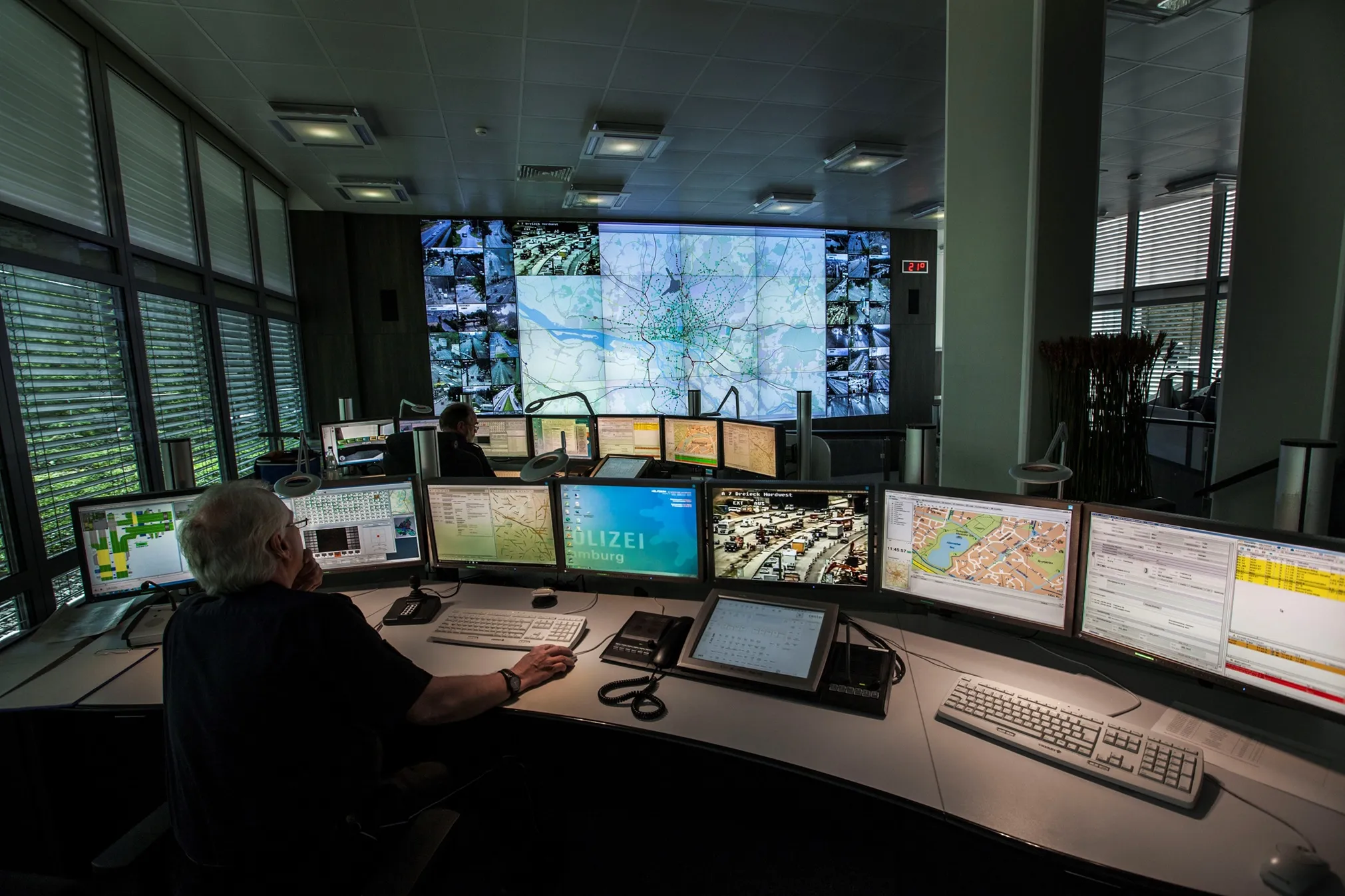Siemens and Duisburger Hafen (duisport) are to cooperate on the joint development of innovative concepts for optimising traffic management in multimodal transportation hubs, based on Siemens’ integrated truck guidance system.
The system will be piloted at the port of Duisburg in Germany, where truck data will be recorded and bundled with regional real-time traffic data such as travel times, traffic situations and disruptions. This data will then be forwarded to mobile devices and LED traffic message boar
May 6, 2015
Read time: 2 mins
The system will be piloted at the port of Duisburg in Germany, where truck data will be recorded and bundled with regional real-time traffic data such as travel times, traffic situations and disruptions. This data will then be forwarded to mobile devices and LED traffic message boards, providing incoming truck drivers with access to the traffic information required for coordinated and rapid travel to the next free loading area or terminal.
The Duisburg pilot project will later be expanded to other transport carriers such as trains and inland water vessels.
Siemens and duisport believe that the integrated truck guidance system offers a very good basis for optimising and harmonising multimodal transport carriers for the hub of the future. In addition, the integration of IT systems will also be pursued in order to guarantee timely communication between the various stakeholders and improve general traffic flows, both into the surrounding area and in the direction of the sea ports.









